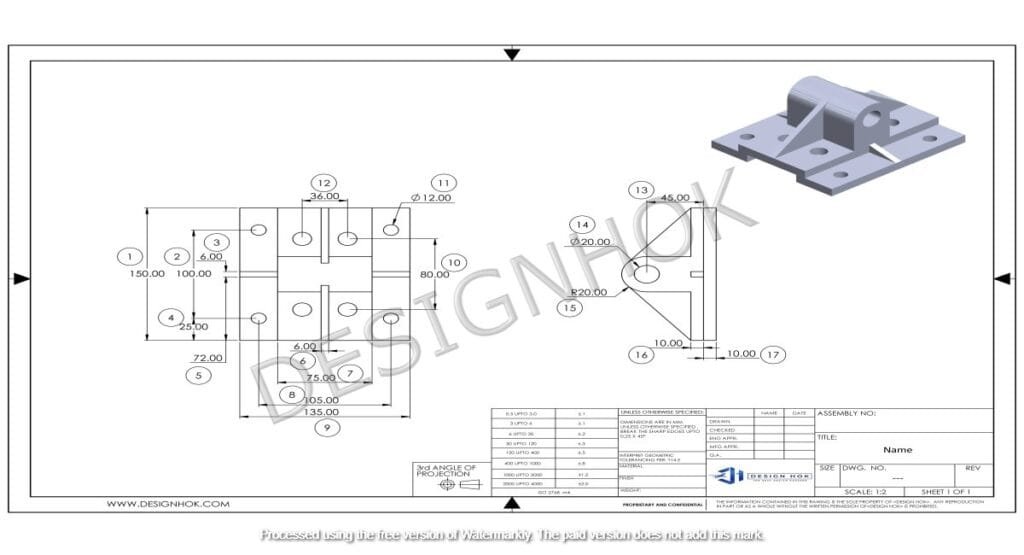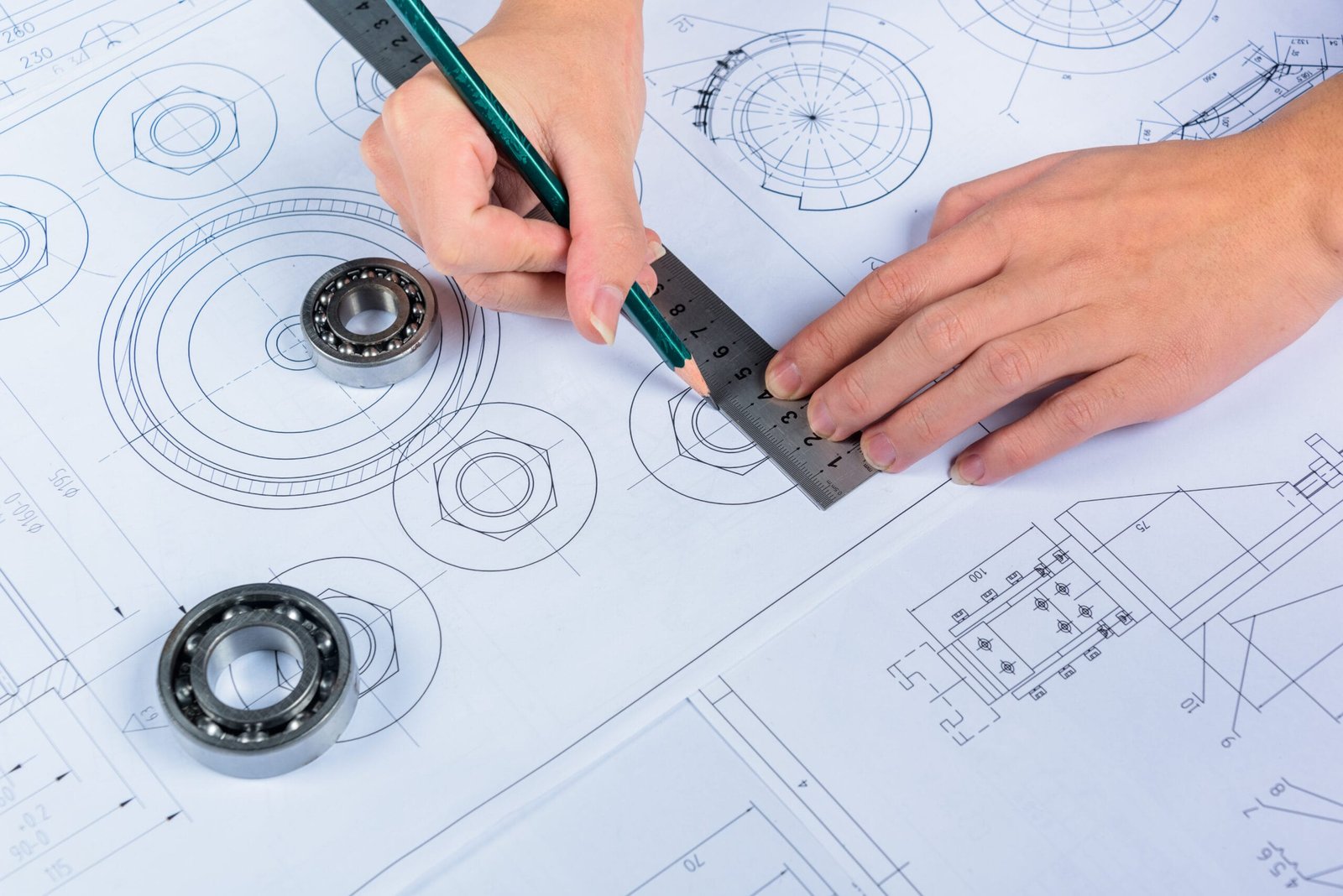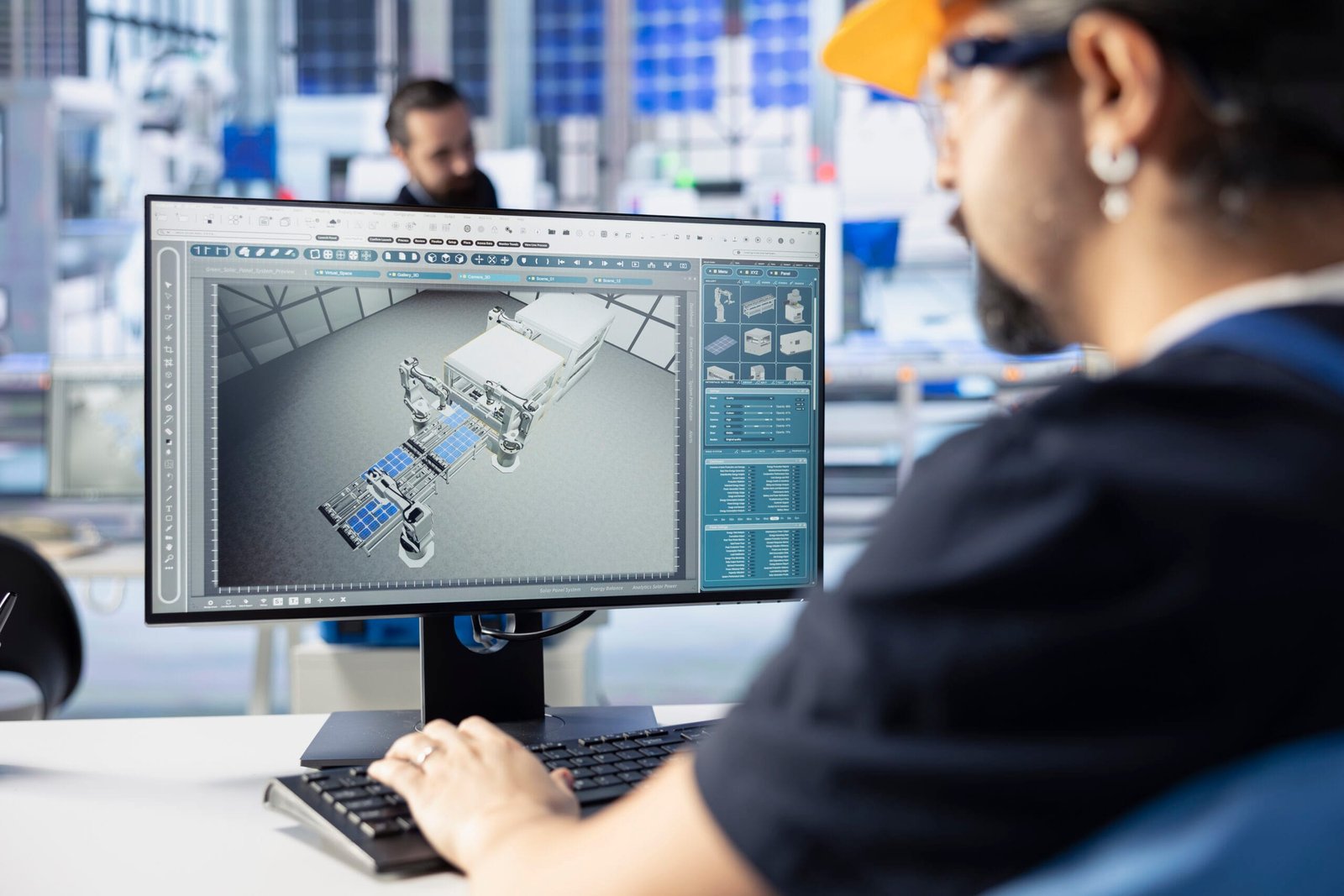Description: Explore the most important Technical Skills for 3D Modelers working at DesignHok. Learn about the tools, software, and capabilities that professionals need to succeed in the competitive world of 3D modeling for design and engineering projects.
Introduction
In today’s fast-paced design industry, 3D modeling has become an essential part of the creative and engineering process. From architectural visualization to mechanical part design, Technical Skills for 3D Modelers bring ideas to life through digital sculpting and technical accuracy. At DesignHok, a firm renowned for providing high-quality 3D modeling, rendering, and drafting services, the role of a Technical Skills for 3D Modelers is both critical and evolving. To meet the growing demand for precision and creativity, Technical Skills for 3D Modelers must possess a wide range of technical skills. In this blog, we’ll take a closer look at the most important technical competencies that every 3D modeler at DesignHok must master.
1. Proficiency in Technical Skills for 3D Modelers Software
One of the most fundamental technical skills is the ability to use industry-standard 3D modeling software. Some of the most commonly used tools include:
- Autodesk 3ds Max – Popular for architectural and product visualizations.
- Blender – Open-source software with powerful modeling and sculpting features.
- Autodesk Maya – Used in animation, film, and game development.
- SolidWorks – Ideal for mechanical design and engineering models.
- SketchUp – Known for ease of use and architectural design.
- Rhinoceros (Rhino 3D) – Preferred for freeform and industrial design.
Each software comes with unique tools and interfaces. A successful Technical Skills for 3D Modelers must be fluent in at least one or more of these platforms and understand how to switch between them based on project requirements.
2. Understanding of Topology and Geometry
Efficient modeling is not just about shapes but about how those shapes are constructed. Topology refers to the structure of the mesh — the arrangement of vertices, edges, and faces. Clean topology ensures that the model deforms correctly during animation and renders efficiently without visual issues. Modelers must understand:
- Edge flow
- Polygon count optimization
- Subdivision surfaces
- Non-manifold geometry
At DesignHok, especially in mechanical and product design projects, geometry accuracy and maintaining quads over triangles are essential for high-quality outputs.
3. UV Mapping and Texturing
After modeling, objects need to be textured to appear realistic. This is where UV unwrapping comes into play. 3D modelers must know how to:
- Unwrap models properly for texture application
- Avoid stretching or overlapping UVs
- Bake normal and displacement maps
- Apply realistic materials and shaders
Software like Substance Painter, Adobe Photoshop, and Quixel are commonly used for texturing. DesignHok often handles rendering for architectural and product design, so surface realism is a priority.
4. Rendering and Lighting Techniques
Rendering transforms 3D models into visually appealing images. Technical Skills for 3D Modelers often prepare models for visualization, which requires basic to advanced knowledge of:
- Lighting setup (HDRI, artificial lighting)
- Global illumination and ray tracing
- Camera placement and composition
- Rendering engines like V-Ray, Arnold, or Cycles
Although DesignHok has dedicated rendering artists, 3D modelers are expected to prepare models with proper lighting references, materials, and setup to support seamless rendering.
5. CAD Conversion and Technical Drawings
In engineering and mechanical projects, Technical Skills for 3D Modelers need to integrate CAD data and produce technical drawings. Familiarity with CAD software like:
- AutoCAD
- Fusion 360
- SolidWorks
- Inventor
is essential. DesignHok also handles 2D drafting and 3D modeling conversion, so the ability to interpret blueprints, dimensions, and tolerances is critical for accuracy.

6. Sculpting and Detailing
For character and product design, sculpting tools are used to add intricate details. Modelers should know how to work with:
- ZBrush or Mudbox for organic shapes
- Displacement maps and alphas
- Multiresolution modeling
This skill becomes important in fields like game design, industrial prototyping, and organic modeling.
7. Animation-Ready Modeling
Though not every Technical Skills for 3D Modelers is an animator, understanding how a model will behave during animation is important. Knowledge in:
- Rigging basics
- Joint placement
- Deformation-friendly topology
makes it easier for animators and helps reduce revisions. DesignHok values cross-functional collaboration, and models must be compatible across departments.
8. File Management and Organization
A vital but often overlooked skill is file hygiene. This includes:
- Naming conventions
- Layer organization
- Maintaining scene hierarchy
- Reducing file size without compromising quality
In a professional setting like DesignHok, where projects involve multiple collaborators, maintaining organized project files improves team efficiency.
9. Problem-Solving and Troubleshooting
3D modeling often presents technical challenges. A good modeler knows how to:
- Fix mesh errors
- Resolve shading issues
- Handle crashing files
- Optimize slow rendering times
Quick problem-solving ensures that projects at DesignHok stay on schedule.
10. Basic Scripting and Automation (Optional Skill)
For advanced users, scripting in Python, MEL, or using Blender’s scripting API can automate repetitive tasks, generate parametric models, and improve productivity. While this isn’t required for all projects at DesignHok, having this skill adds a valuable edge.
Conclusion
Being a Technical Skills for 3D Modelers is more than just creating digital objects — it’s about precision, adaptability, and technical depth. Mastery over modeling software, a deep understanding of geometry, efficient UV mapping, and rendering preparation are all core to the role. As technology evolves, staying updated with new tools and practices is essential for success in this competitive industry. For those looking to build a career in Technical Skills for 3D Modelers or similar professional environments, developing these Technical Skills for 3D Modelers is the key to standing out.
FAQs
Q1: What software should I learn first as a 3D modeler?
A: Start with Blender (free and powerful) or Autodesk Maya/3ds Max depending on your focus. For mechanical work, SolidWorks or Fusion 360 is ideal.
Q2: Do I need to know programming for 3D modeling?
A: Not necessarily, but learning scripting can help automate tasks and improve your workflow, especially in large projects.
Q3: Is texturing as important as modeling?
A: Yes. Without proper texturing and UV mapping, even the best models can look unrealistic or unfinished.
Q4: Can I work remotely as a 3D modeler at DesignHok?
A: DesignHok supports remote collaboration for skilled professionals with a strong portfolio and proper communication skills.
Q5: What kind of projects does DesignHok typically work on?
A: DesignHok handles mechanical design, 3D rendering, architectural visualization, and 2D drafting—so 3D modelers can expect a wide variety of creative and technical tasks.





